 2008 Nissan Qashqai+2 I (NJ10) Dimensions, Size & Specs
2008 Nissan Qashqai+2 I (NJ10) Dimensions, Size & SpecsMeasurements of the 2008 Nissan Qashqai+2 I, engineered for optimal performance and comfort
| Dimensions | |
|---|---|
| Length: | 4530 mm178.3 in14.9 ft |
| Width: | 1780 mm70.1 in5.8 ft |
| Height: | 1645 mm64.8 in5.4 ft |
| Trunk Capacity: | 130 liter4.6 cu ft |
| Trunk Capacity (Max): | 1520 liter53.7 cu ft |
| Weight Specifications | |
| Curb Weight: | 1404-1732 kg3095-3818 lbs |
| Maximal permitted Weight: | 2072-2356 kg4568-5194 lbs |
| Roof Load: | 75 kg165 lbs |
| Tire Specifications | |
| Rims Sizes: | 16-inch rims:
|
| Tire Sizes: |
|
The Nissan Qashqai+2 I (NJ10) was produced from 2008 to 2010, representing a larger and more versatile variant of the popular Nissan Qashqai SUV designed to accommodate families with additional seating and space. With a length of 4530 mm (178.3 inches), a width of 1780 mm (70.1 inches), and a height of 1645 mm (64.8 inches), the Qashqai+2 delivers a comfortable and spacious cabin environment, offering the added advantage of third-row seating for up to seven passengers. This extended version distinguishes itself from the standard Qashqai by integrating extra seating capacity while maintaining the agile and practical dimensions suitable for urban and suburban driving. The curb weight of this generation varies from 1404 to 1732 kg (3097 to 3819 lbs), depending on the configuration, with a maximum gross vehicle weight ranging between 2072 and 2356 kg (4567 to 5195 lbs), reflecting its robustness and capacity to carry both passengers and cargo efficiently.
In terms of storage, the Qashqai+2 offers a modest luggage capacity of 130 liters (4.6 cubic feet) with all seats in use, but this expands dramatically to 1520 liters (53.7 cubic feet) when the rear seats are folded down, providing exceptional versatility for larger loads or family trips. The vehicle supports a roof load of up to 75 kg (165 lbs), allowing owners to mount extra cargo carriers or roof boxes for additional storage. Wheel and tire options include rim sizes of 6.5J x 16, 6.5J x 17, and 5.5J x 16 inches with tire sizes such as 215/65R16 and 215/60R17, balancing ride comfort and road handling.
Overall, the Nissan Qashqai+2 I (NJ10) generation stands out as a practical and slightly larger SUV option within the Qashqai lineup, engineered to meet the needs of growing families or those requiring extra passenger capacity without sacrificing maneuverability or style. Its combination of size, flexible interior space, and SUV characteristics makes it a competitive offering in the 2008-2010 compact SUV segment.
Discover the standout features that make the 2008 Nissan Qashqai+2 I a leader in its class
Have a question? Please check our knowledgebase first.
The Nissan Qashqai+2 I (NJ10), produced from 2008 to 2010, features exterior dimensions tailored for a compact SUV with additional seating. It measures 4530 mm (178.3 inches) in length, 1780 mm (70.1 inches) in width, and has a height of 1645 mm (64.8 inches). These dimensions give it a balanced footprint that accommodates up to seven passengers with the extended wheelbase compared to the standard Qashqai, making it suitable for family use while maintaining manageable city driving and parking characteristics.
The curb weight of the Nissan Qashqai+2 I (NJ10) ranges between 1404 kg to 1732 kg (3098 to 3819 lbs), depending on the specific trim, equipment, and engine type. The maximum permissible weight, which accounts for passengers, cargo, and optional equipment, ranges from 2072 kg to 2356 kg (4567 to 5194 lbs). This range reflects the SUV’s capacity to carry additional load while maintaining safety and performance, making it suitable for transporting larger families or luggage compared to smaller crossover SUVs.
The Nissan Qashqai+2 I (NJ10) offers a modest luggage capacity, providing 130 liters (4.6 cubic feet) of space with all seven seats in use, which is quite limited due to the extended seating configuration. However, when the rear seats are folded down, the storage capacity significantly increases to 1520 liters (53.7 cubic feet), allowing for the transport of larger or bulkier items. This versatility highlights the vehicle's dual function as a family SUV and a practical transport vehicle capable of adapting to various cargo needs.
The Nissan Qashqai+2 I (NJ10) comes with different rim and tire size options that influence handling and comfort. It supports rim sizes such as 6.5J x 16, 6.5J x 17, and 5.5J x 16 paired with tire sizes 215/65R16, 215/60R17, and others. Larger diameter rims with lower-profile tires (like 17-inch rims with 215/60R17 tires) generally provide better road grip and sharper handling, while the 16-inch setups offer more comfort and improved ride quality by absorbing road irregularities better, making it a versatile SUV for city and suburban driving.
Yes, the Nissan Qashqai+2 I (NJ10) fits comfortably into a standard garage. With a width of 1780 mm (70.1 inches) and height of 1645 mm (64.8 inches), it fits within most typical residential garage spaces which usually have a width clearance of around 2400-2700 mm (94-106 inches) and height clearance above 2000 mm (79 inches). Its length of 4530 mm (178.3 inches) is also within the range most garages can accommodate. Drivers should, however, always consider additional space for opening doors and maneuvering when parking.
The Nissan Qashqai+2 I has a height of 1645 mm (64.8 inches), which is typical for a compact SUV with enhanced interior volume. Its roof load capacity is rated at 75 kg (165 lbs), allowing for roof racks or carriers for items such as bikes, luggage boxes, or sports gear. This roof load is sufficient for moderate roof storage, making it practical for family trips and outdoor activities. However, users should ensure roof loads are evenly distributed and secure to maintain vehicle stability and safety.
The Nissan Qashqai+2 I (NJ10) is a stretched version of the original Qashqai, designed to add two extra rear seats (totaling seven seats). While the standard first-generation Qashqai typically measured about 4295 mm (169 inches) in length, the Qashqai+2 extends to 4530 mm (178.3 inches), providing more interior space. The width and height remain similar, but the increased length allows for the additional seating row and greater flexibility in passenger and cargo space. This makes the Qashqai+2 a more family-friendly option than its five-seat predecessor.
Compared to similar compact SUVs such as the Ford Kuga or Toyota RAV4 from the same era, the Nissan Qashqai+2 I emphasizes passenger capacity with its seven seats, unlike most rivals which generally offer five seats. While its overall length is competitive at 4530 mm (178.3 inches), its luggage space with all seats in use is smaller at 130 liters (4.6 cubic feet), which is less than many five-seat competitors. Folding the rear seats greatly improves cargo space, reaching 1520 liters (53.7 cubic feet) which matches or exceeds rivals' cargo capacities, making it a flexible option for larger families when carrying passengers or bulkier items.
The Nissan Qashqai+2 I (NJ10) produced from 2008 to 2010 is essentially a compact SUV designed to appeal to families requiring more seating flexibility without moving to a full-size SUV. It offers seven seats with a relatively compact exterior dimension, making it suitable for urban environments. Its design balances practicality with style and offers multiple engine options and trims. The vehicle is versatile for daily commuting, family trips, or light cargo transport. Its moderate roof load capability and flexible seating arrangement add to its utility, although the rear-most seats can limit luggage capacity when deployed.
Buyers evaluating the Nissan Qashqai+2 I should consider its unique position as a compact SUV with seven seats, which is less common among competitors. Its dimensions balance maneuverability and passenger space, with a length of 4530 mm (178.3 inches), width of 1780 mm (70.1 inches), and height of 1645 mm (64.8 inches). While cargo space behind all seats is limited (130 liters), folding the rear seats expands it dramatically. This tradeoff is ideal for buyers needing occasional extra seating rather than large luggage capacity. Comparatively, other SUVs might offer more cargo space or city-friendlier size but fewer seats, so the Qashqai+2 suits families prioritizing seating flexibility.
Discover similar sized cars.
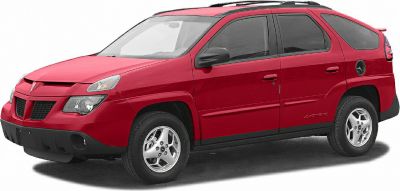
| Production: | 2000-2005 |
|---|---|
| Model Year: | 2001 |
| Length: | 4585 mm180.5 in |
| Width: | 1872 mm73.7 in |
| Height: | 1702 mm67.0 in |
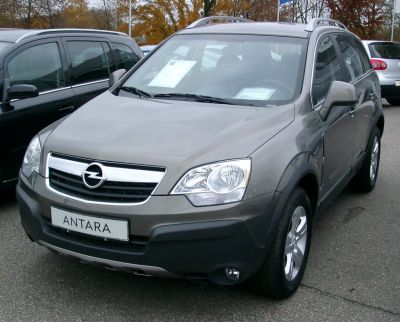
| Production: | 2006-2010 |
|---|---|
| Model Year: | 2007 |
| Length: | 4575 mm180.1 in |
| Width: | 1850 mm72.8 in |
| Height: | 1704 mm67.1 in |
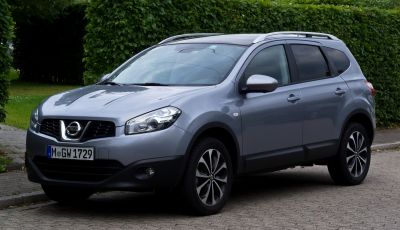
| Production: | 2010-2014 |
|---|---|
| Model Year: | 2010 |
| Length: | 4541 mm178.8 in |
| Width: | 1780 mm70.1 in |
| Height: | 1645 mm64.8 in |
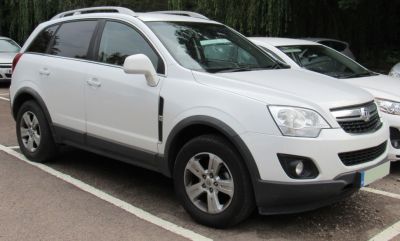
| Production: | 2010-2015 |
|---|---|
| Model Year: | 2010 |
| Length: | 4596 mm180.9 in |
| Width: | 1850 mm72.8 in |
| Height: | 1717 mm67.6 in |
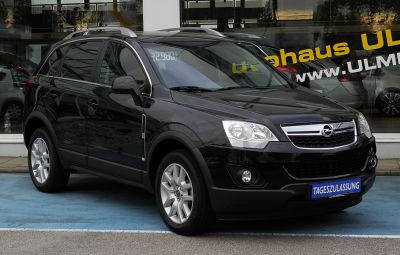
| Production: | 2010-2016 |
|---|---|
| Model Year: | 2011 |
| Length: | 4575-4596 mm180.1-180.9 in |
| Width: | 1850 mm72.8 in |
| Height: | 1704-1761 mm67.1-69.3 in |
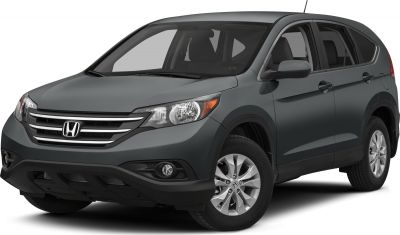
| Production: | 2011-2015 |
|---|---|
| Model Year: | 2012 |
| Length: | 4529-4570 mm178.3-179.9 in |
| Width: | 1820 mm71.7 in |
| Height: | 1643-1685 mm64.7-66.3 in |
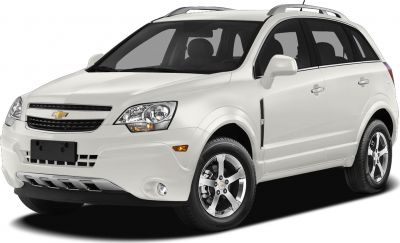
| Production: | 2013-2014 |
|---|---|
| Model Year: | 2013 |
| Length: | 4575-4673 mm180.1-184.0 in |
| Width: | 1849-1868 mm72.8-73.5 in |
| Height: | 1702-1756 mm67.0-69.1 in |
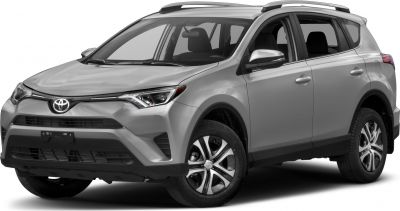
| Production: | 2015-2018 |
|---|---|
| Model Year: | 2016 |
| Length: | 4605-4661 mm181.3-183.5 in |
| Width: | 1845 mm72.6 in |
| Height: | 1675-1704 mm65.9-67.1 in |
